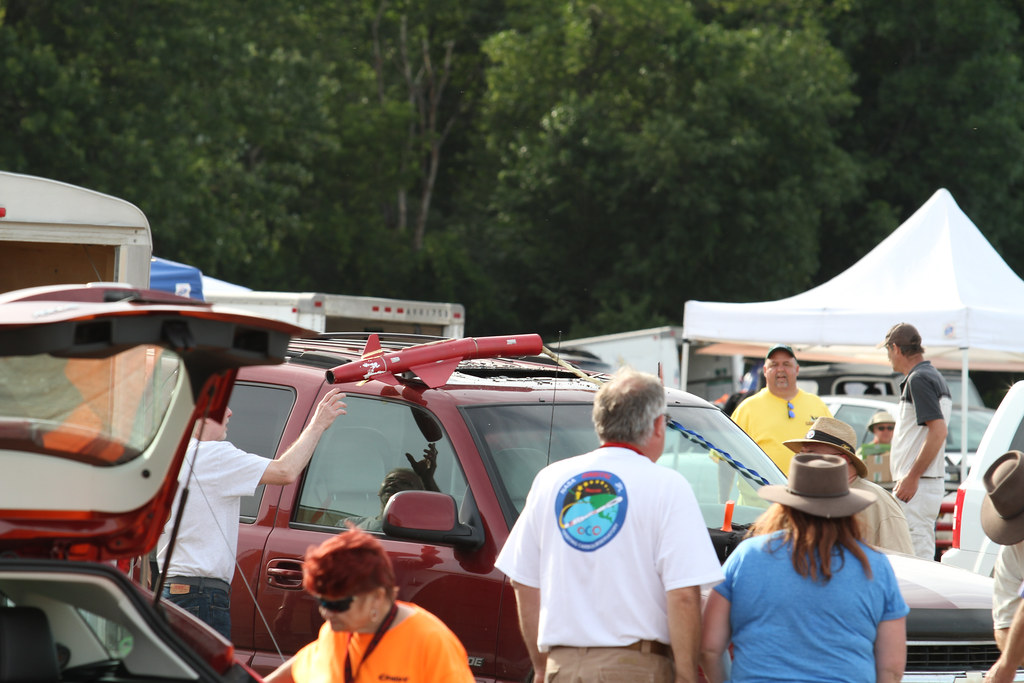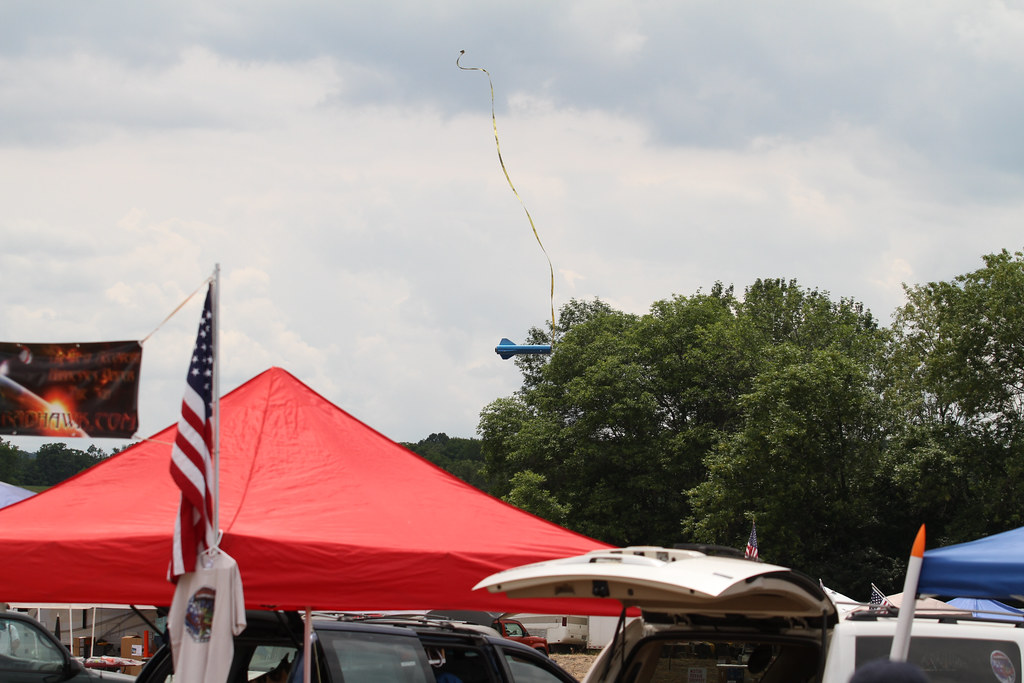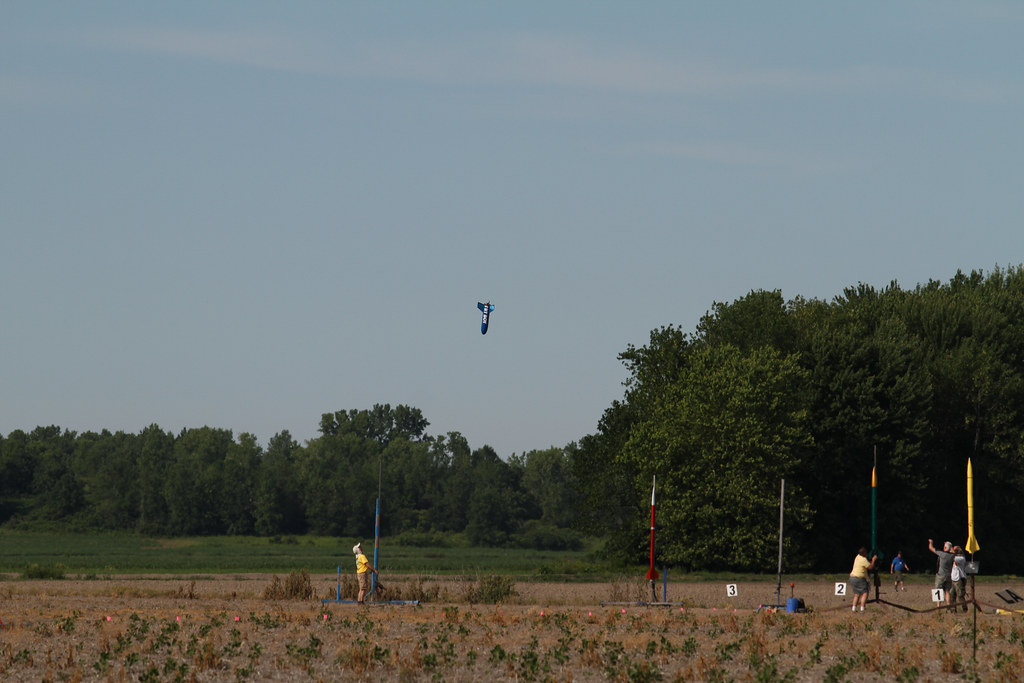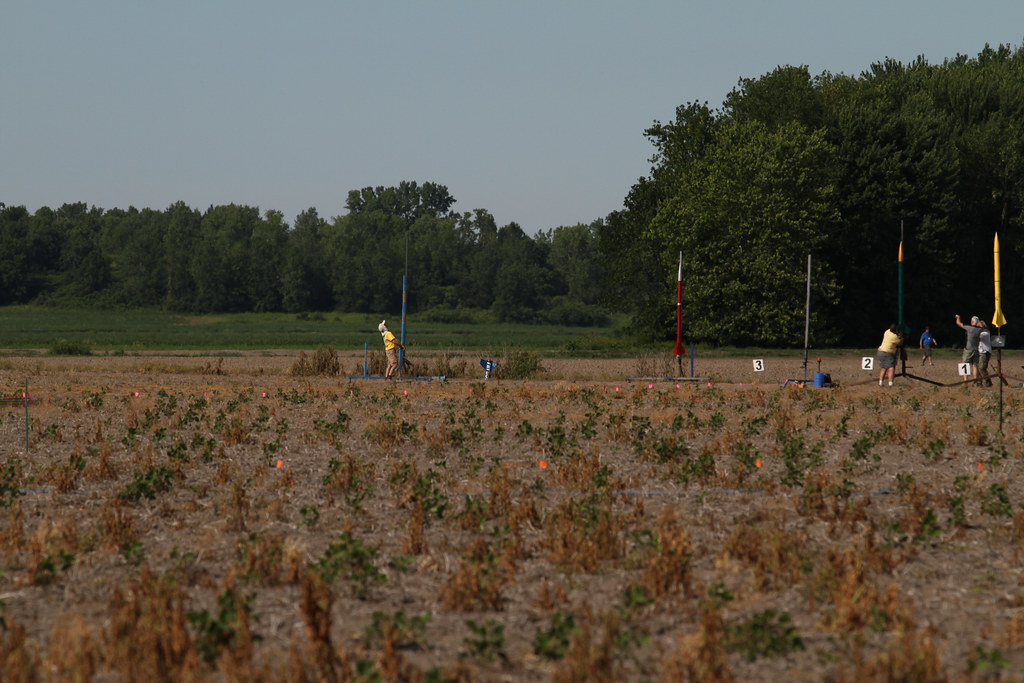DavidMcCann
Well-Known Member
- Joined
- May 15, 2016
- Messages
- 2,656
- Reaction score
- 180
So where is this line drawn? How is it any more risky than the same rockets being launched one at a time. The same risk of failure exist. You make no sense.
BECASUE TRACKING MULTIPLE ROCKETS IS HARDER THAN ONE.
I put it in all caps like you've been posting hoping you see it this time,








